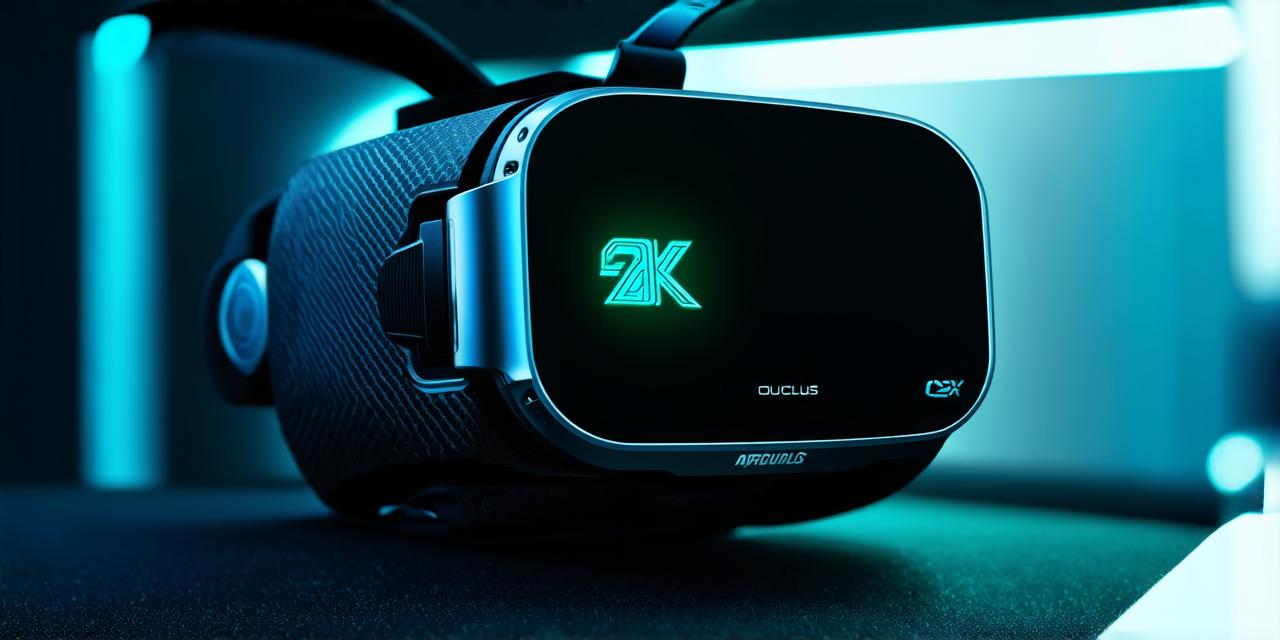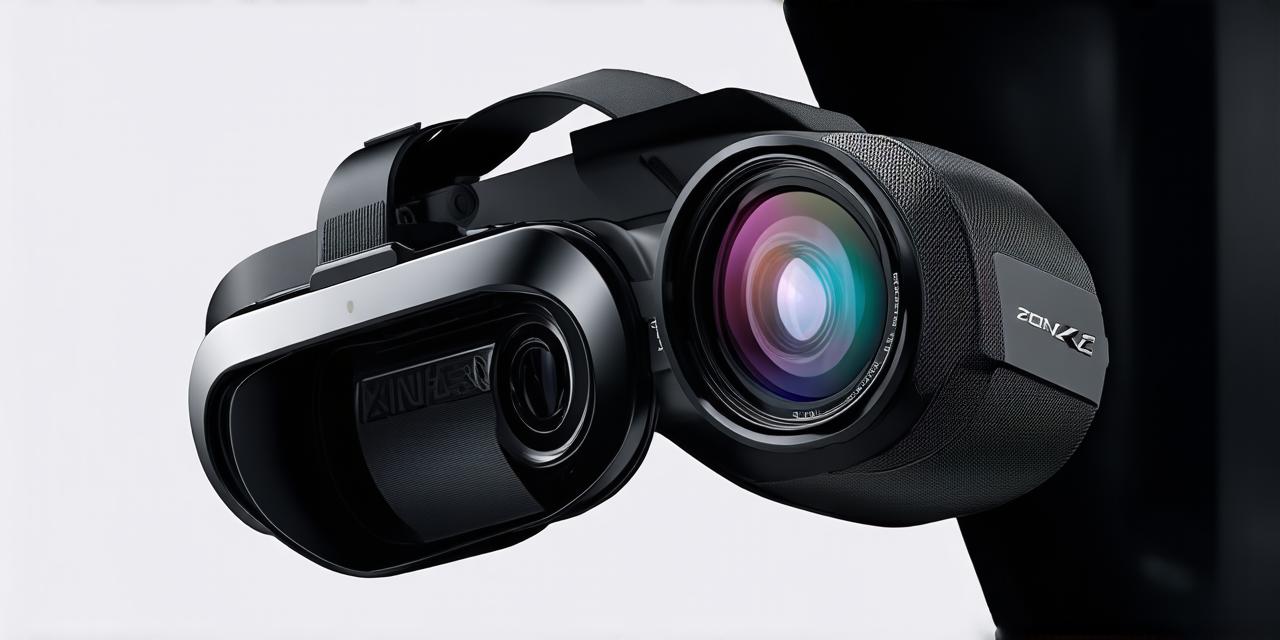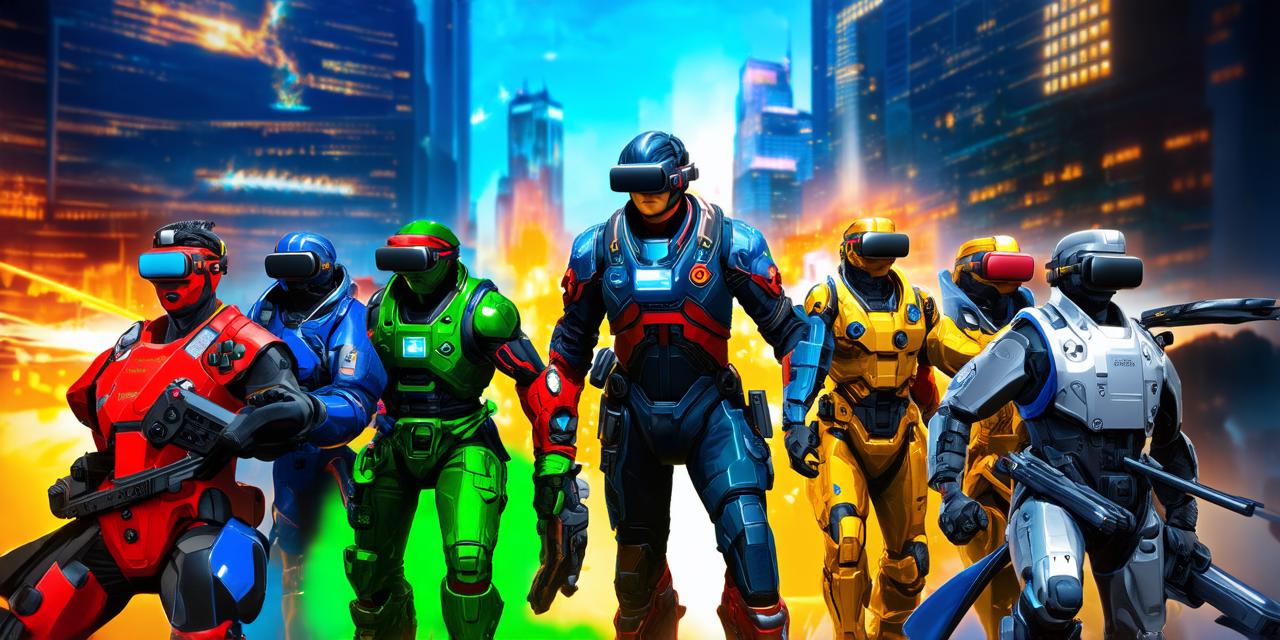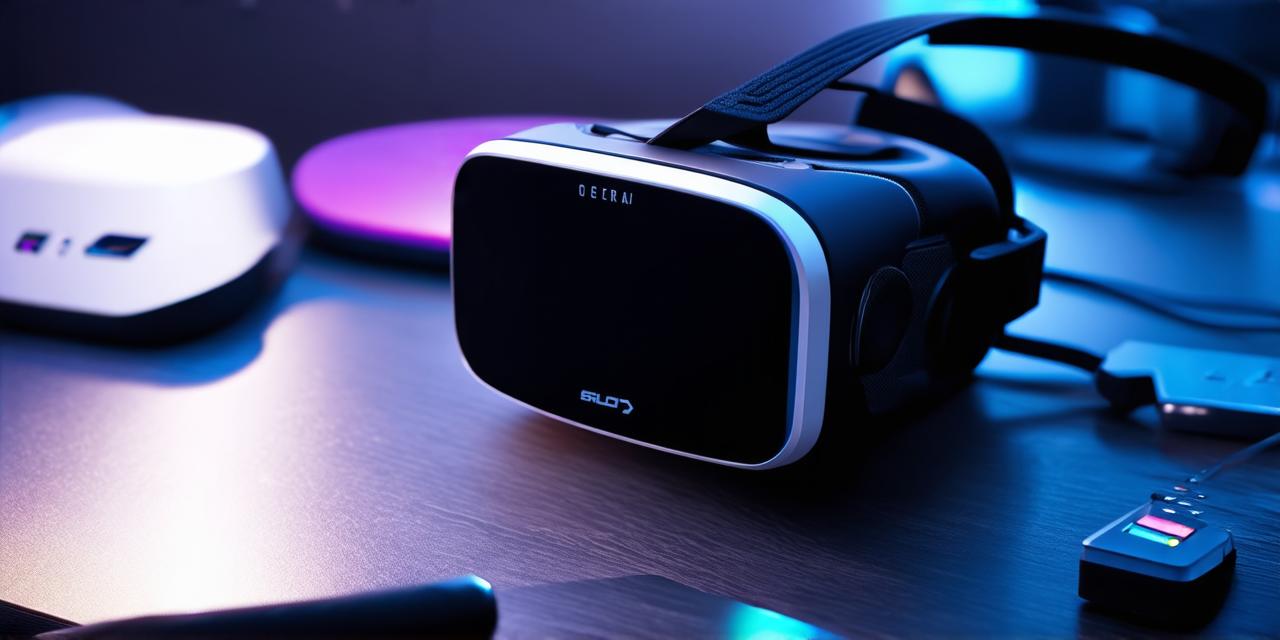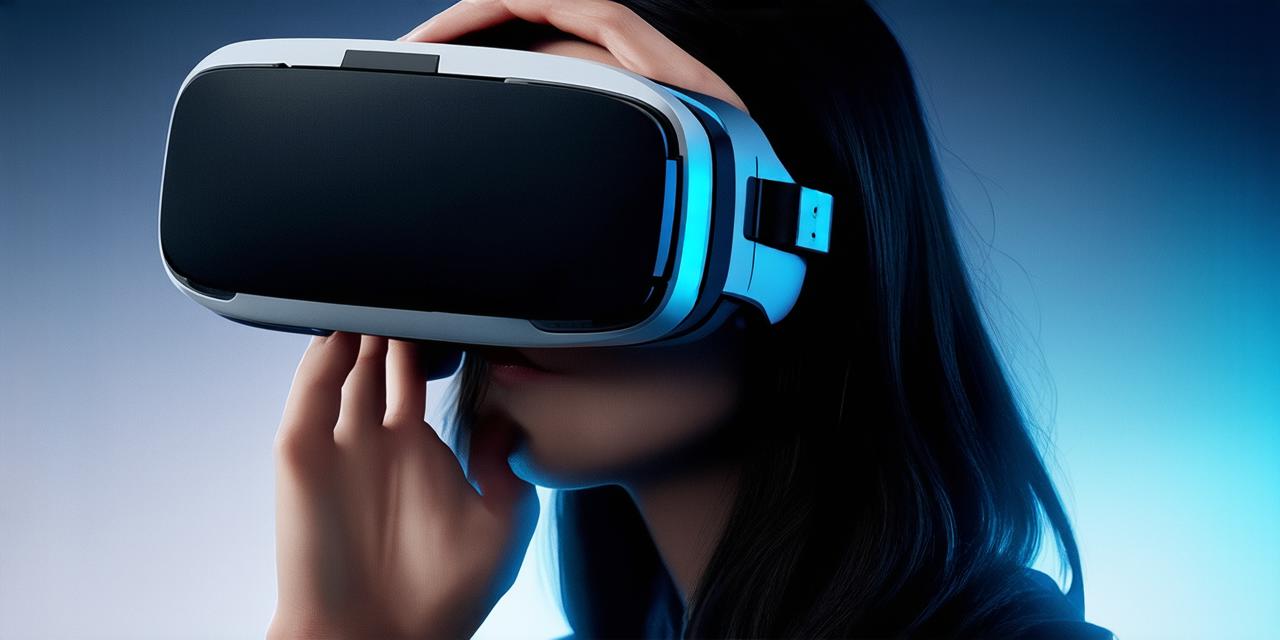Virtual reality (VR) technology is rapidly advancing, and many industries are beginning to explore its potential. One of the most exciting applications of VR is in augmented reality (AR), which overlays digital information onto the real world. As an AR developer, it’s important to choose the right virtual reality headset for your needs. In this article, we will examine some of the top VR headsets on the market and compare them based on factors such as performance, comfort, and ease of use.
The Oculus Quest 2 is a standalone virtual reality headset that offers an incredible level of flexibility and portability. It’s wireless, so you don’t need to worry about cords or complex setup procedures. Instead, you can simply put it on and start exploring the virtual world.
One of the key advantages of the Oculus Quest 2 is its high-resolution display. With a resolution of 1832 x 1920 pixels per eye, the Quest 2 delivers a stunningly immersive experience. It also has a refresh rate of 90 Hz, which means that the images you see are constantly updated, giving you a smooth and seamless experience.
Oculus Quest 2: The Best All-Around Choice
Another important factor to consider is comfort. The Oculus Quest 2 is designed with ergonomics in mind, and it features a lightweight design that’s easy to wear for extended periods of time. It also has adjustable straps and lenses, so you can customize your fit to ensure maximum comfort.
In terms of performance, the Oculus Quest 2 is powered by a Qualcomm Snapdragon XR2 processor, which delivers impressive performance even when running demanding applications. It also has 64GB of storage and 4GB of RAM, which means you can store and run a wide range of games and apps without any issues.
HTC Vive Pro Eye: The Ultimate High-End Choice
The HTC Vive Pro Eye is a high-end virtual reality headset that offers some of the best performance on the market. It has a resolution of 2160 x 2160 pixels per eye, which delivers an incredibly immersive experience with lifelike graphics and textures.
Another key advantage of the HTC Vive Pro Eye is its refresh rate. With a refresh rate of 120 Hz, the images you see are constantly updated, giving you a smooth and seamless experience. This makes it an excellent choice for applications that require high frame rates, such as gaming or simulation training.
Sony PlayStation VR: A Great Choice for Gamers
The Sony PlayStation VR is a virtual reality headset that’s designed specifically for gamers. It offers a wide range of games and experiences, including exclusive titles from Sony’s own catalog.
One of the key advantages of the Sony PlayStation VR is its motion tracking system. It uses a combination of infrared sensors and cameras to track your movements accurately, allowing you to interact with virtual objects in a natural and intuitive way. This makes it an excellent choice for games that require precise hand and body movement, such as first-person shooters or sports simulations.
Comparing the Top Virtual Reality Headsets for AR Developers
Now that we’ve looked at some of the top virtual reality headsets on the market let’s compare them based on the factors we’ve discussed.
Performance:
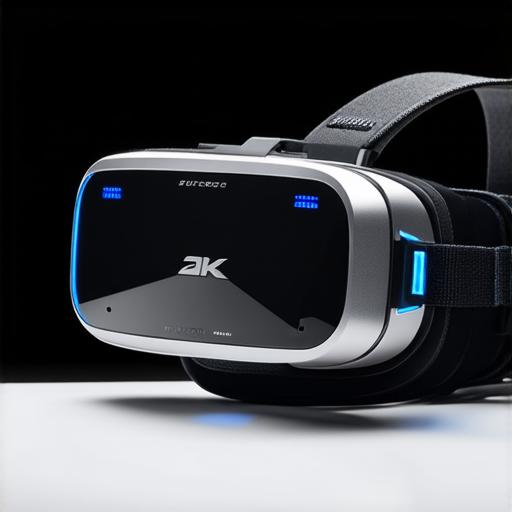
The HTC Vive Pro Eye offers the best performance, with its high-resolution display and refresh rate. The Oculus Quest 2 also delivers impressive performance, especially considering it’s a standalone device. The Sony PlayStation VR is designed for gaming, so it may not be as powerful as some of the other options on this list.
Comfort:
All three headsets are comfortable to wear, with adjustable straps and lenses that allow you to customize your fit. However, the HTC Vive Pro Eye is designed specifically for comfort, and it’s one of the most comfortable virtual reality headsets on the market.
Ease of Use:
The Oculus Quest 2 is the easiest to use, as it’s a standalone device that doesn’t require any complex setup procedures or cords. The HTC Vive Pro Eye and Sony PlayStation VR are both more powerful but also more complicated to set up and use.
Price:
The HTC Vive Pro Eye is the most expensive of the three headsets, followed by the Sony PlayStation VR and then the Oculus Quest 2.
Case Studies and Personal Experiences
One of the best ways to understand how virtual reality headsets work in practice is to look at real-world case studies and personal experiences. Here are a few examples:
AR Medical Training:
Virtual reality technology has the potential to revolutionize medical training, allowing doctors and nurses to practice procedures in a safe and controlled environment. The HTC Vive Pro Eye is often used for this purpose, thanks to its high-resolution display and powerful performance.
AR Retail Experience:
Many retailers are now using virtual reality technology to enhance the shopping experience. For example, IKEA has created a virtual reality showroom that allows customers to see how furniture would look in their home before they buy it. The Oculus Quest 2 is often used for this purpose, thanks to its portability and ease of use.
AR Gaming:
Virtual reality gaming is one of the most popular applications of the technology. The Sony PlayStation VR is often used for this purpose, thanks to its powerful performance and motion tracking system.
Expert Opinions
“The Oculus Quest 2 is the best all-around virtual reality headset on the market,” says Robert Scoble, a leading tech commentator and podcaster. “It’s powerful, portable, and easy to use.”
“For medical training, you need a headset that delivers high-resolution graphics and accurate motion tracking,” says Dr. Michael Patterson, a leading expert in virtual reality and simulation training. “The HTC Vive Pro Eye is the best option for this.”
“The Sony PlayStation VR is designed specifically for gamers, so it’s an excellent choice if you’re looking to play games,” says Shawn Layden, President of SCE Worldwide Studios at Sony.
Conclusion
Virtual reality technology has the potential to transform many industries, from medical training to retail and gaming. When it comes to choosing a virtual reality headset for AR development, there are several options available, including the Oculus Quest 2, HTC Vive Pro Eye, and Sony PlayStation VR. Each of these headsets offers its own unique advantages and disadvantages, so it’s important to consider your needs carefully before making a decision.
